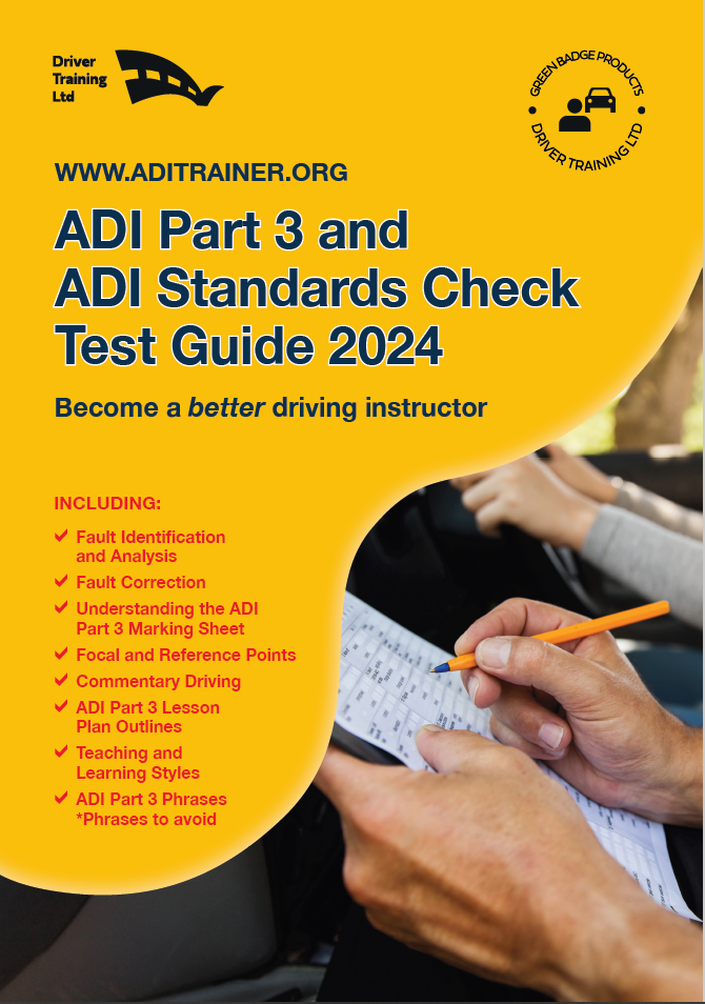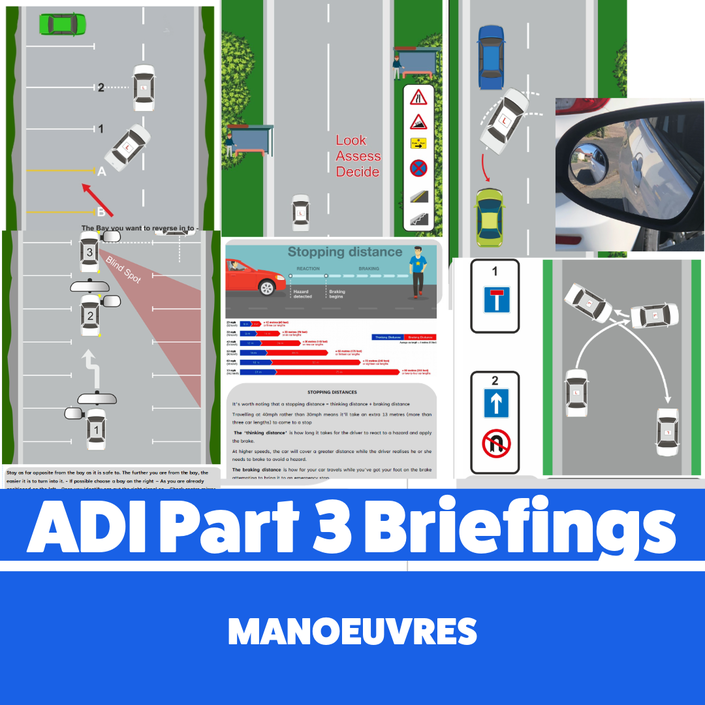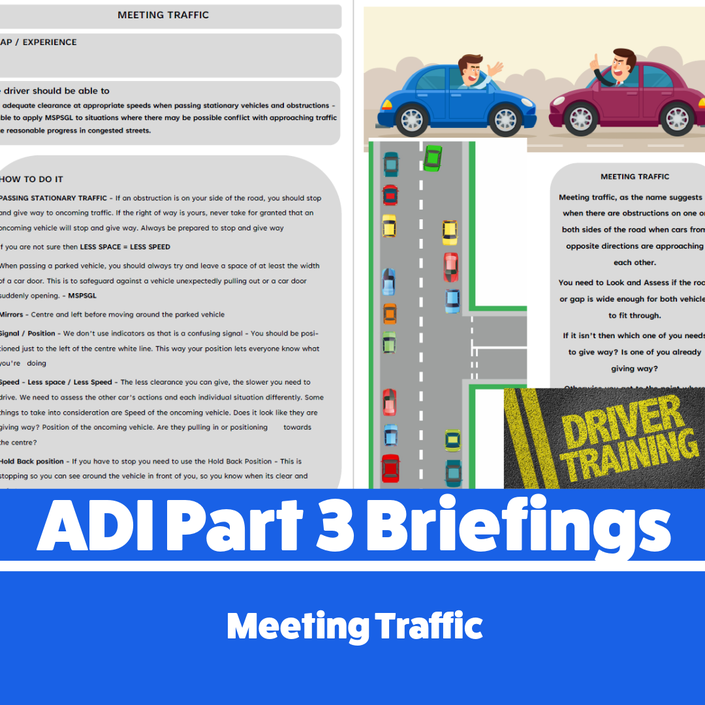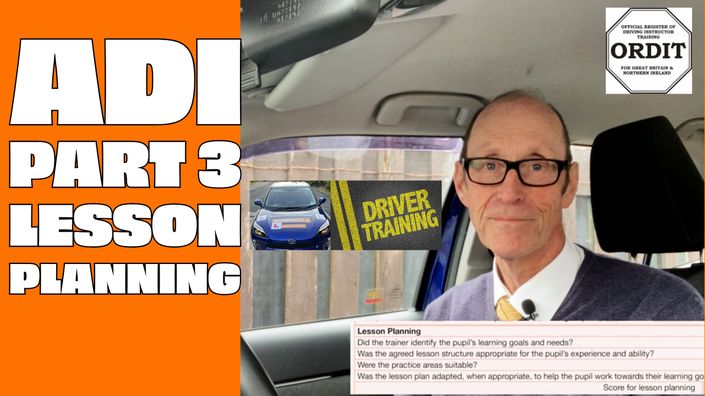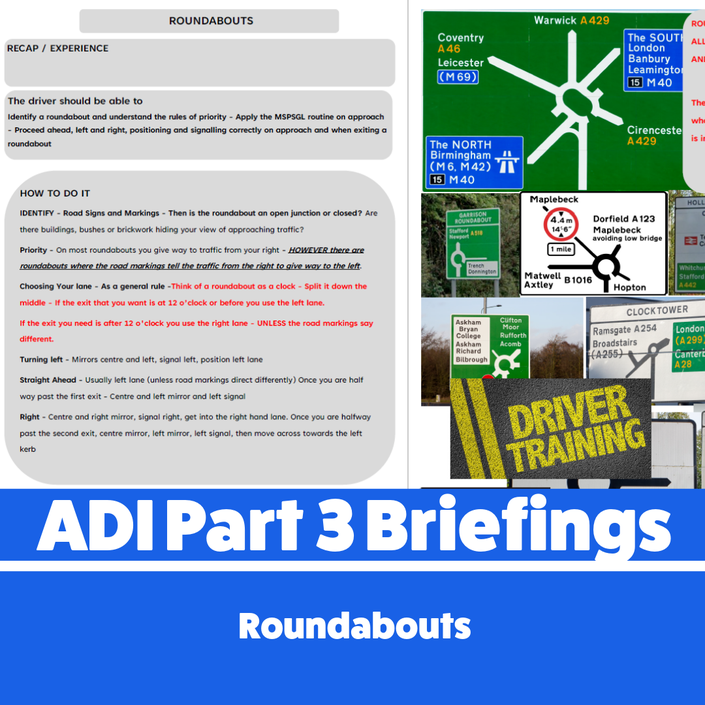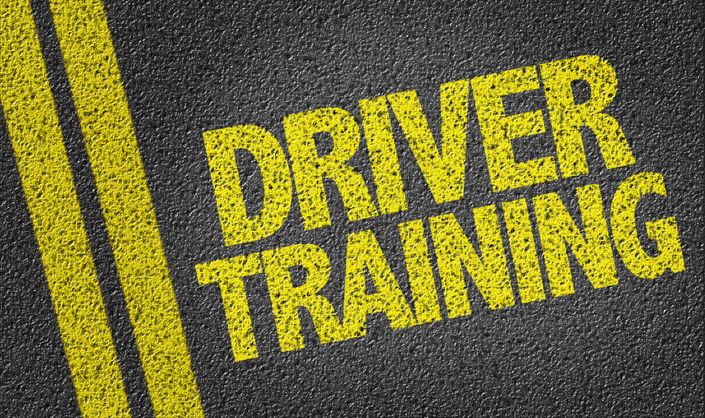Driver Training Ltd
0800 1 777 149 Text 07791 152 046
Guiding Learners - Supporting Instructors - Driving Success.
Free Downloads
Becoming a great driving instructor isn’t just about passing tests —
it’s about building real skills, confidence, and professional habits that last a lifetime.
That’s why we’re giving you instant access to a set of FREE downloadable resources — designed by ORDIT-qualified trainers, specifically to help you:
✅ Structure better driving lessons
✅ Analyse pupil faults like a pro
✅ Manage risk effectively
✅ Plan and reflect with DVSA expectations in mind

ADI Part 3 Free Downloads
Because real success as a driving instructor doesn’t start with luck —
it starts with preparation, strategy, and the right tools.
These downloads are your first step toward Part 3 success, Standards Check readiness, and long-term instructor excellence.

ADI Part 1 Band 4 – Teaching Terms Free Checklist
- Know Your Core Terms: Make sure you can define essential teaching terms like Client-Centred Learning, Feedback, Reflection, and Risk Management with clarity and confidence.
- Understand Application: Be able to explain not just what each term means, but how it applies in real driving lessons and during Part 3 assessments.
- Use Traditional Language: Stick to clear, professional phrasing that shows respect for the long-standing standards of the teaching profession.
- Link Terms to the 17 Competencies: Understand how teaching terms connect to key competencies such as Lesson Planning, Risk Management, and Teaching and Learning Strategies.
- Practice Clear Explanations: Aim to be able to give straightforward, traditional explanations of each teaching term, just as you would to a pupil or supervising examiner.
ADI Part 3 Marking Sheet – Glossary of Terms
If you’ve started preparing for your ADI Part 3 test, you already know:
The marking sheet is the examiner’s bible —
but for most trainees, it feels like reading a different language.
This quick guide helps you know the phrases
Choose a specific subject and learn how to do a briefing and lesson plan
ADI Part 3 - Lesson Planning Checklist
ADI Part 3 Lesson Planning Checklist
Use this before and during every lesson to keep your instruction client-centred, structured, and test-ready.
🛡️ Risk Management Checklist – Free Download!
Managing risk during a driving lesson isn't just about reacting when things go wrong — it's about anticipating problems before they happen, sharing responsibility clearly with your pupil, and stepping in at exactly the right time.
Our FREE Risk Management Checklist breaks down exactly what the DVSA examiners are looking for, helping you build safer lessons, protect your pupils, and boost your Part 3 and Standards Check scores.
✅ Clear reminders for risk-sharing conversations
✅ When (and how) to intervene safely
✅ Coaching prompts to build pupil awareness
Download it today and start teaching with more clarity, more confidence, and total DVSA alignment. 🚗✨
Teaching and Learning Strategies Checklist
A Teaching and Learning Strategies Checklist helps instructors ensure effective instruction by focusing on key areas:
- Active Learning: Encourages student engagement through interactive activities (discussions, problem-solving, etc.).
- Different Styles Tailors instruction to meet diverse learning needs and styles.
- Formative Assessment: Uses regular feedback to monitor student progress and adjust teaching.
- Clear Learning Objectives: Defines specific, measurable goals for what students should achieve.
- Collaborative Learning: Promotes teamwork and peer interaction to enhance learning outcomes.
Fault Analysis checklist using K.U.S.C
The Benefits of Using KUSC in Fault Analysis
- Clear Diagnosis: KUSC allows instructors to break down faults properly, identifying whether the issue is with Knowledge, Understanding, Skill, or Confidence, rather than guessing at solutions.
- Targeted Support: Once the true cause is found, advice and practice can be tailored precisely to what the pupil needs, leading to quicker, more meaningful progress.
- Builds Strong Foundations: By working through faults methodically, pupils develop safe, reliable driving habits that will serve them well for life – not just for the driving test.
Fault Analysis Examples Using K.U.S.C
In this checklist download we provide some every day examples of faults that your students may make but break them down using the KUSC method to determine what was the real reason for the fault
Quick Fault Diagnosis Sheet using KUSC
This quick fault diagnosis sheet using KUSC can be kept in the car or in your training folder to help you quickly understand any pupil errors whilst driving using the KUSC method. This means that you become better at analysing any faults and offering the correct coping situation
Free Checklist: Were the Pupil’s Queries Followed Up and Answered?
Make sure no pupil question is ever left behind with our easy-to-use free checklist! Here's what you'll cover:
- Listen Properly: Check that every query – big or small – is properly heard, respected, and valued, just as good instructors have always done.
- Respond Clearly: Ensure answers are given in a simple, traditional style pupils can understand and act upon, without overcomplicating.
- Link Back to Learning: Strengthen understanding by tying every answer back to the main topic of the lesson, reinforcing the pupil’s knowledge.
- Encourage Further Questions: Show pupils that asking questions is a normal, respected part of proper learning – not a nuisance to be brushed aside.
- Build Trust and Progress: Following up queries properly builds real pupil trust, helps develop independence, and preserves the standards of good, solid driver training.
At the end of the session, was the pupil encouraged to reflect on their own performance?" – designed to appeal to those who value proper, time-honoured driving instruction methods:
- Promotes Independent Thinking: Encouraging pupils to reflect nurtures self-reliance — a hallmark of safe, responsible drivers who don’t need constant prompting to make good decisions.
- Builds Confidence the Traditional Way: Through honest self-assessment, pupils see their own progress, reinforcing the classic principle that confidence is earned through effort and understanding.
- Teaches True Road Sense: Reflection isn't just about remembering what went right or wrong — it teaches judgment and foresight, timeless qualities that separate mere drivers from real motorists.
- Strengthens Long-Term Learning: When pupils talk through their experience, they deepen their understanding — not just for the test, but for a lifetime of safer, wiser driving.
- Upholds the Standards of Good Instruction: A proper driving lesson doesn't end when the engine stops — it ends when the pupil knows what they've achieved and what comes next, just as it always should.

